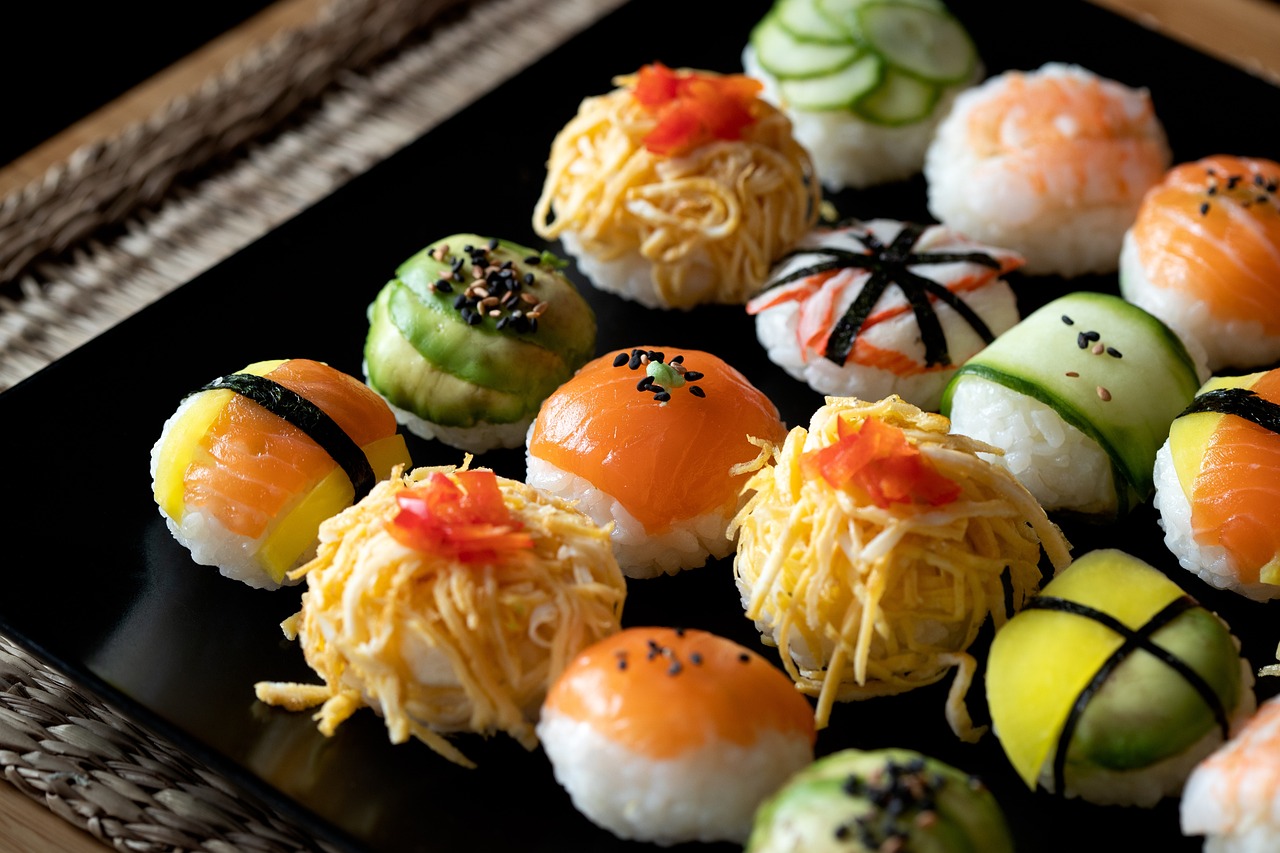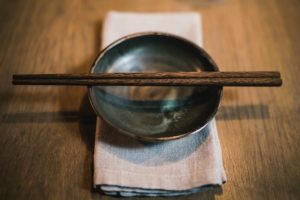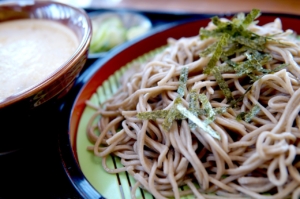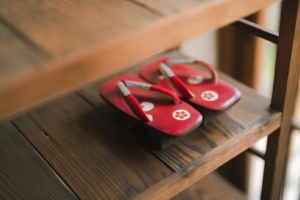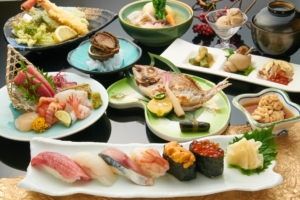The appeal of dining in Japan lies in the diversity, beauty, and rich food culture that can be enjoyed. Japanese cuisine not only features regional specialties but also offers a wide variety of dishes, including sushi (寿司), tempura (天婦羅), yakitori (焼き鳥), yakiniku (焼肉), ramen (拉麺), soba (蕎麦), and udon (うどん). Additionally, there are plenty of dishes that use seasonal ingredients and menus that incorporate local specialties, making it a unique culinary journey.
In restaurants, diners can enjoy the attentive service of the staff and experience meals in a comfortable setting.
While the etiquette in Japanese restaurants is generally similar to Western practices, there are some differences. I would like to discuss these differences to ensure that your dining experiences during your travels are enjoyable and comfortable.
Should I make a reservation?
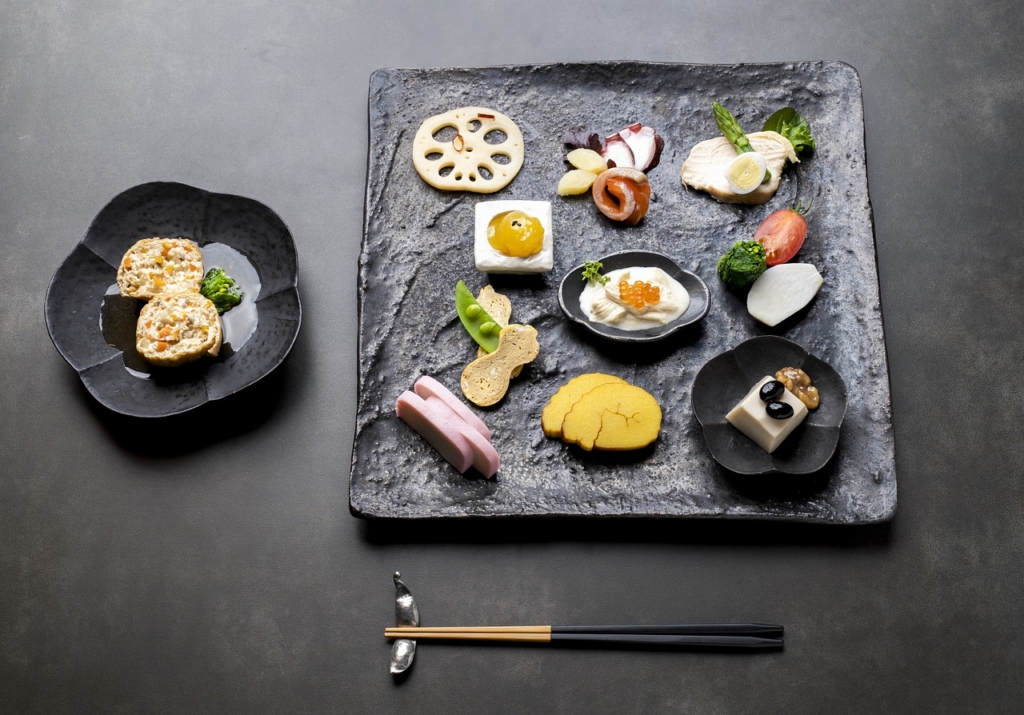
Reservations are especially encouraged for popular restaurants, high-end establishments, weekends, holidays, and during tourist seasons. While casual restaurants may not require reservations, it is advisable to make one, especially for larger groups or special requests. Recently, some places have started accepting reservations online.
If a restaurant is fully booked, you may have to wait. In such cases, there is usually a waiting board near the entrance where you can write down your name and the number of people in your party while you wait for your name to be called. Some waiting lists are managed by machines, and at tourist spots, these may even accommodate multiple languages.
Entering a Japanese Restaurant
Traditional Japanese restaurants and izakayas (居酒屋: pub/tavern) often have a half-curtain called “noren (暖簾)” at the entrance to indicate that they are open. You slide the door to enter. However, some establishments do not use norens, so you should check if they are open. Even Japanese people get confused sometimes.
Some restaurants display their menus outside. They may also showcase food samples, allowing you to see what is offered in advance.
When you enter, you will be greeted with “irasshaimase (いらっしゃいませ),” so it’s polite to acknowledge this with a light greeting. Many Japanese people do not return the greeting, but I always think it would be nice to say something like “hello” or “good evening.”
If you have a reservation, please let them know your name. If you don’t, the staff will ask how many guests you have, and you can respond verbally or show the number with your fingers.
Additionally, many restaurants will ask your seating preferences, such as smoking or non-smoking areas, counter seats, or tatami rooms.
You may also be required to remove your shoes at the entrance to a Japanese-style restaurant or izakaya, so please follow the example of other people and take your shoes off.
Sitting at a Table or in a Tatami Room

Once you are shown to your seat, if there is a bag rack available, place your belongings there. It is often located under the table, which helps you avoid placing your items directly on the floor.
Sitting in a Tatami Room
If you took off your shoes at the entrance and were given slippers, you should remove those slippers before entering the “zashiki (座敷: traditional tatami room). It is not appropriate to walk around on the tatami in slippers. If you are not wearing slippers, you can simply enter the zashiki as is.
Some izakayas allow you to enter the establishment with your shoes on, and you may be asked to remove your shoes before taking a seat in the tatami area.
On the tatami, there are flat cushions called “zabuton (座布団),” which you sit on. Generally, men sit cross-legged, while women traditionally sit seiza (正座: kneeling) or in a side-sitting position. In Japan, it is considered impolite for women to sit cross-legged (how unfair that culture is!). When dining in a tatami room, women may find it more comfortable to wear pants rather than skirts.
However, in contemporary Japan, lifestyles are westernizing, and some Japanese people may find it difficult to sit on zabutons. Therefore, as long as you do not disturb others, feel free to sit in a comfortable way.
Depending on the facility, there may be a “zaisu (座椅子),” a legless chair with a backrest, provided along with the zabuton. This would be more comfortable than sitting on a zabuton alone.
Once seated, a small wet towel called “oshibori (おしぼり)” will be provided along with water or tea. The purpose of the oshibori is to keep your hands clean, so it is generally considered rude to wipe your face, neck, or other body parts with it. Oshibori are often cold in summer and warm in winter.
Ordering at a Restaurant in Japan
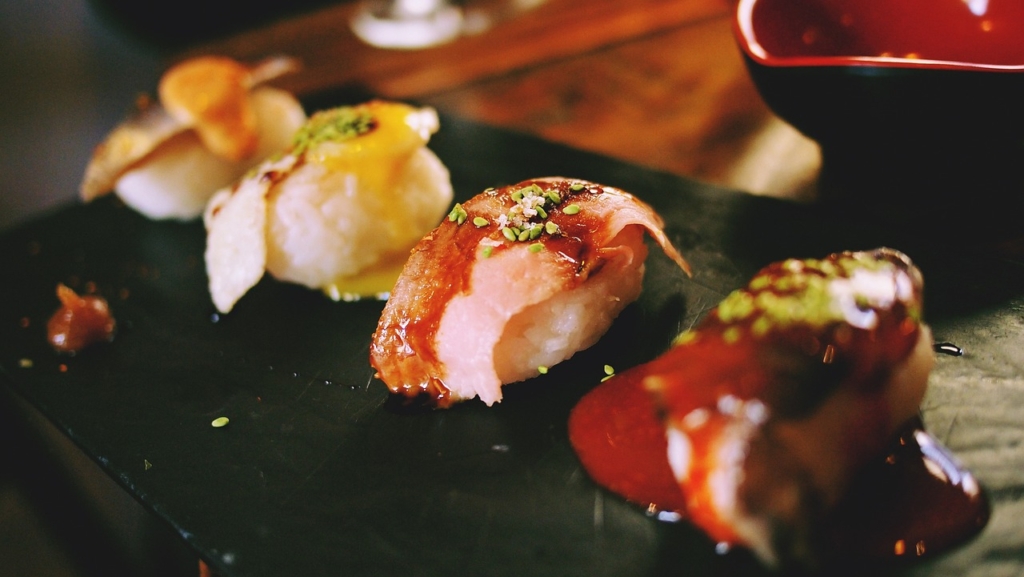
To get the attention of a waiter or waitress, say
“sumimasen (すみません, Excuse me).”
Menus are usually in Japanese, but some restaurants offer menus in English. Don’t hesitate to ask if they have an English menu by saying,
“Eigo no menu wa arimasu ka? (英語のメニューはありますか?, Do you have an English menu?)”
Even if there is no English menu, many restaurants provide menus with pictures, so you can simply point to the dish you want. If you have questions about the food, staff will usually do their best to explain. Even if their English isn’t perfect, remember they are trying their best to give you a good dining experience.
Additionally, some restaurants display plastic models of dishes near the entrance. You can point to these samples to order, or if you see another guest enjoying a delicious-looking meal, you could point to that as well.
Recently, more fast food restaurants in Japan have adopted a system where customers place orders and make payments using touch panels. At conveyor belt sushi restaurants and chain restaurants, you’ll often find tablets at each table, allowing you to order directly from your seat.
In contrast, smaller, traditional soba or ramen shops still use vending machines located near the entrance. These machines often display menus in Japanese. You purchase a meal ticket, hand it to the staff, and that completes your order. When your meal is ready, you’ll likely be called by a number, so be sure to listen carefully for it.
Dining at a Japanese Restaurant

“Itadakimasu (いただきます)”
Many Japanese people say a specific phrase before starting a meal. Whether or not you choose to say it is entirely up to you in Japan. This phrase essentially means, “Thank you for providing (or preparing) this meal,” and using it often leaves a good impression on those around you. This custom applies whether you’re paying for the meal or not.
Chopsticks
If you’re not comfortable using chopsticks (hashi, 箸), there’s no problem asking for a fork and knife. In some restaurants, both chopsticks and Western utensils are provided together.
Chopsticks are sometimes accompanied by a “hashioki (箸置き, chopstick rest). If you need to put your chopsticks down during the meal, place the tips of the chopsticks on the hashioki. If there’s no hasioki provided (e.g., with disposable chopsticks), you can place them on the paper sleeve or fold the sleeve to create an improvised hashioki.
Plates and Bowls
In the West, it’s often considered impolite to hold bowls or plates while eating, but in Japan, it is common to hold a rice bowl (chawan: 茶碗) during the meal. Typically, the rice bowl is raised to chest height, and you eat from there. It’s common to pick up side dishes and eat them over the rice bowl. This helps catch any falling food or sauce, keeping other dishes clean.
For soups like miso soup, it’s perfectly acceptable to drink directly from the bowl. However, use chopsticks to eat the solid ingredients in the soup.
If there’s a shared platter on the table, take food from it and place it onto your own plate before eating. Use designated serving chopsticks or a spoon to move the food, and avoid eating directly from the shared dish with your own chopsticks.
Are you sure!? Slurping is Encouraged!
In Japan, people are expected to eat quietly, but there is one exception: noodles.
Did you know that slurping, which is often considered rude in Western countries, is not only acceptable but appreciated in Japan? In Japan, slurping while eating noodles is considered a sign of enjoyment, and the sound is thought as expressing appreciation for the meal. Strange, isn’t it?
Japan offers many noodle dishes like ramen (ラーメン), soba (蕎麦), udon (うどん), somen (素麺), hiyamugi (冷や麦), reimen (冷麺), hiyashi chuka (冷やし中華), okinawa soba (沖縄そば), chanpon (ちゃんぽん) and more. While you’re in Japan, observe how Japanese people enjoy their noodles—you might find yourself slurping along before you know it!
However, this does not apply to Western-style noodles like spaghetti. That said, some Japanese people might slurp even these noodles simply because they are noodles.
“Someone, Pour My Drink!”
In Japan, sharing meals and drinks is an important part of social gatherings. When making a toast, everyone raises their glass and says “Kanpai! (乾杯)” which is the equivalent of “Cheers!”
It’s considered polite to pour drinks for others when their glass is empty. Many Japanese people will say “Dozo (どうぞ, Here you go)” while pouring. When someone pours your drink, it’s polite to hold your glass with both hands and say “Arigatou gozaimasu (ありがとうございます, Thank you).”
Paying at a Restaurant in Japan
In Japanese restaurants, both cash and credit cards are commonly accepted for payment. However, some small restaurants may still only accept cash, so it’s good to check in advance or carry cash just in case.
While some restaurants may ask you to pay at the table using a payment terminal, it is more common to pay at the register. Leaving money on the table is not customary. Similar to Western restaurants, once all of your food has been served, an order slip will be placed on your table. When you’re finished, take this slip to the cashier to settle your bill.
At high-end restaurants, you may need to ask the staff for the bill. The staff will bring the bill and a payment terminal to your table, so you can either pay at the table or just take the bill and pay at the cashier.
I’ve seen guidebooks mention that crossing your index fingers to form an “X” is a sign for asking for the bill, but I believe this is an old-fashioned gesture often used by Japanese men in the past. Many modern Japanese people might not even know its meaning. In such cases, it’s better to say:
“Okaikei wo onegai shimasu”
(お会計をお願いします: Can I have the bill, please?).
There is no tipping culture in Japan, although some places may include a service charge. Even if a service charge is not included, there’s still no need to tip. If you do feel inclined to tip, the staff may politely refuse it. Don’t be offended, as this is part of Japanese culture. Instead, express your appreciation verbally or leave a positive review for the restaurant.
At privately-run izakayas, it’s common for the staff to bring a small slip of paper with just the total amount written on it. While it might surprise you that there’s no itemized breakdown, this is quite typical at izakayas, and you’re expected to pay the amount shown. If you’re curious about the details, it’s perfectly fine to ask for an itemized receipt. Though personally, I’ve never requested one before.
After paying, it’s a nice gesture to say “gochisousama deshita (ごちそうさまでした)” to the staff as you leave. This phrase expresses your gratitude for the meal and signals that you enjoyed it, even though you paid for it. However, at high-end restaurants, customers might be less likely to say that.
